
Looking at a cactus with the QX5 microscope
by Rudolf Baumueller, USA

The QX5 model is the successor of the famous QX3 Computer Microscope with a higher image resolution of 640 x480 pixels. This makes a lot of difference and the microscope is more fun to use, the lighting is now with LED upper and lower, they give good enough illumination in most cases, and the light can be controlled on the computer screen just like the QX3. Sometimes I use an external light, the one from my Russian MBC-10 stereomicroscope that is converted to LED.
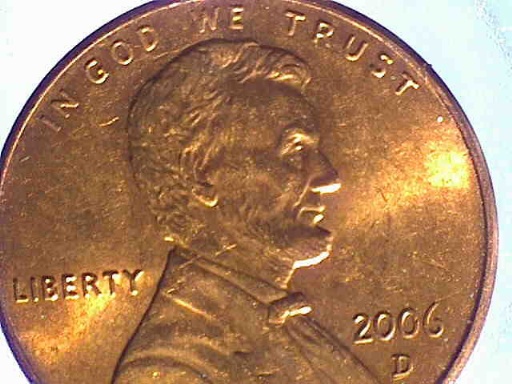
I have both models, the QX3 and the QX5, and the software looks the same; made for younger children, I would say to about 88 years of age. Every child should have one of these to open their minds to all the wonderful world of small things. The QX5 is very inexpensive, I paid $ 79.00 for it with free shipping and no tax from Seattle WA. When the program runs on the computer it cannot be minimized in live microscope mode, one has to go to the next page, where the editing of the saved pictures takes place to minimize the program; to do this you press the "Windows" button on your keyboard to show the task bar, and than next to the “Start” is a button “Show Desktop”.
The capture of images is very easy with one click of the mouse or using the button on the microscope. Video can also be saved just as easily.
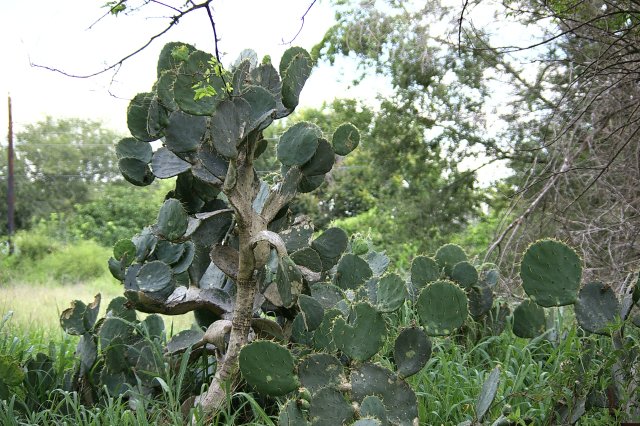
The cactus plant is a symbol of Texas, and rightly so, because it grows about everywhere, needing very little water. Prickly Pear Cactus, (Family Cactaceae) present about a dozen species in the North American deserts. The leaves are actually fleshy pads, and serve the plant as water storage, flower production and photosynthesis.
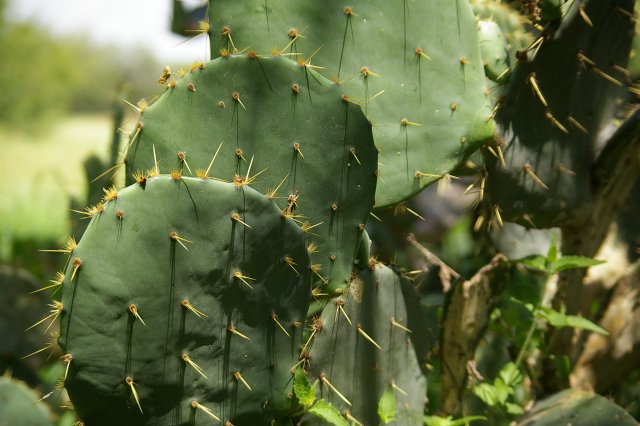
The leaves are the best part, and the spines are the worst, you just do not touch the spines for any reason, and stay a distance away from them, because they have hooks on them, and stick into the skin very easily but don’t come out without leaving a piece inside. It is a painful affair.
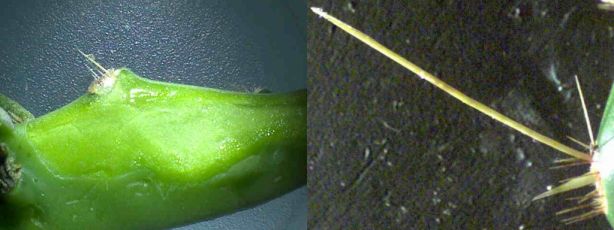

Using different lighting techniques it is possible to get amazingly good performance out of the QX5 microscope. To get this picture I inclined the microscope 15 deg. then I used the base from the MBC-10 microscope to enable the use of the mirror and the LED light. One can see the difference comparing the small spine picture at 60X with the business end picture of 200X.

We cut the leaves into small squares, after carefully cleaning all the spines off, with gloves on, and eyes wide open because the small spines, called glochids, are at the root of the big spines. All these spines grow out of tubercles. There are also cactus plants without spines, but you still cannot touch them, because they have enough glochids, to make you not so confident about them being without spines. Some people think the ones with spines taste better. After cutting them up, we cook them, and sometimes fry them after. The cactus is very healthy and tasty, also helps to regulate blood sugar levels.
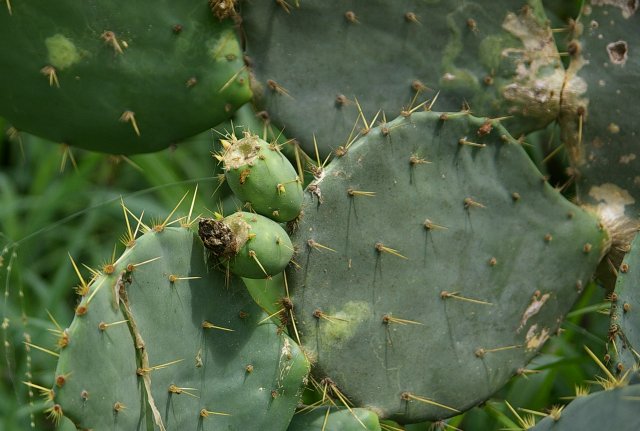
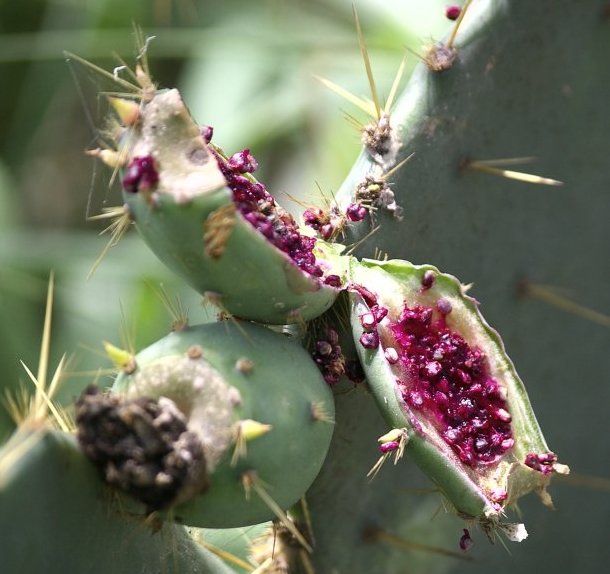
The “Prickly Pears”, called tunas, are the fruit of the plant, and they taste very good and sweet. They have a lot of hard seeds, but one just eats them. We can buy the fruits in season, and the leaves are available all year round, mostly already cut up. In Mexico this is a very common food, and we buy them in the street from people who come from the farms, they are used to handling them and sell them very inexpensively.
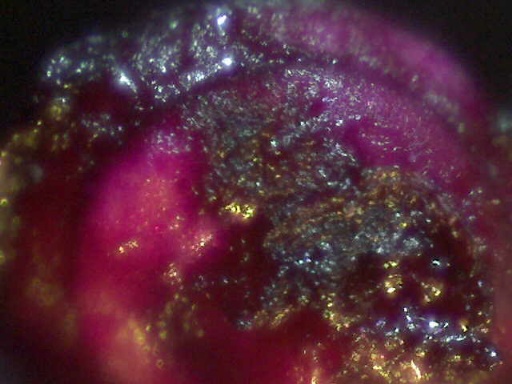
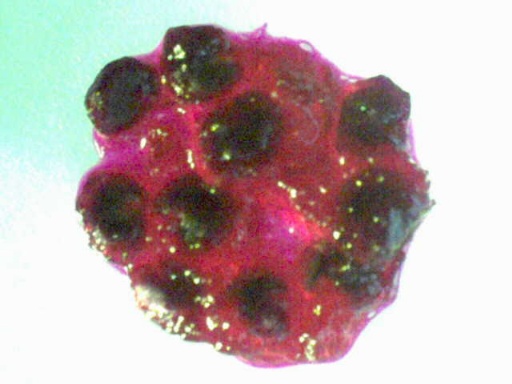
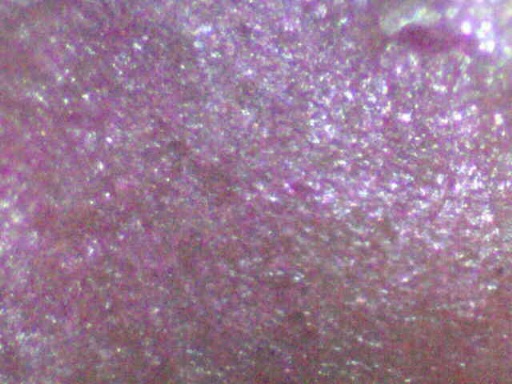
Ranchers take a blowtorch on a very long pipe, and burn the spines off the cactus to feed them to the cattle. In Mexico sometimes I see trucks loaded high with cactus that must be a prickly job.
The cactus spines do not get into everyday life as much as the grass burrs. These grow in most yards and are hard to see, and so they get on ones clothes, they are very sharp and tangle in your socks.

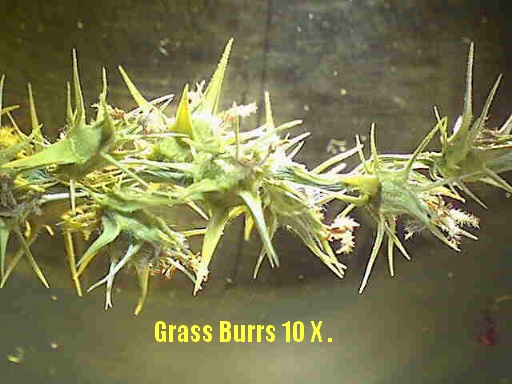
Some little bug must have liked to live among the stickers of the grass burr, I found his shell there with the QX5 and took two pictures at different levels with 200X magnification and then combined them using the wonderful program Combine Z.
I made a clamp for the QX5 and mounted it on a vertical post, that is like a copy stand; it has two ways to make the microscope go up and down, the bottom part of the MBC-10 stereo microscope can thus be used with its mirror, and I made another board for the glass plate and the adjustable stage calipers. Now I can use all kinds of lights to get good results, or artistic photos. The last two pictures were taken that way.
All comments to the author Rudolf Baumueller are welcomed.
Related Micscape articles: Review of the QX5 computer microscope.
Microscopy
UK Front Page
Micscape
Magazine
Article
Library
Please report any Web problems or offer general comments to the Micscape Editor.
Micscape is the on-line monthly magazine of the Microscopy UK website at Microscopy-UK